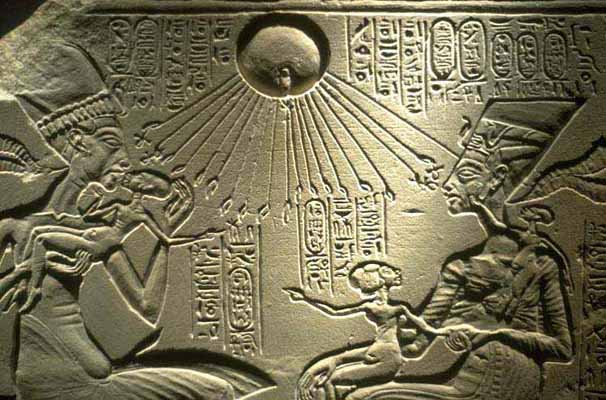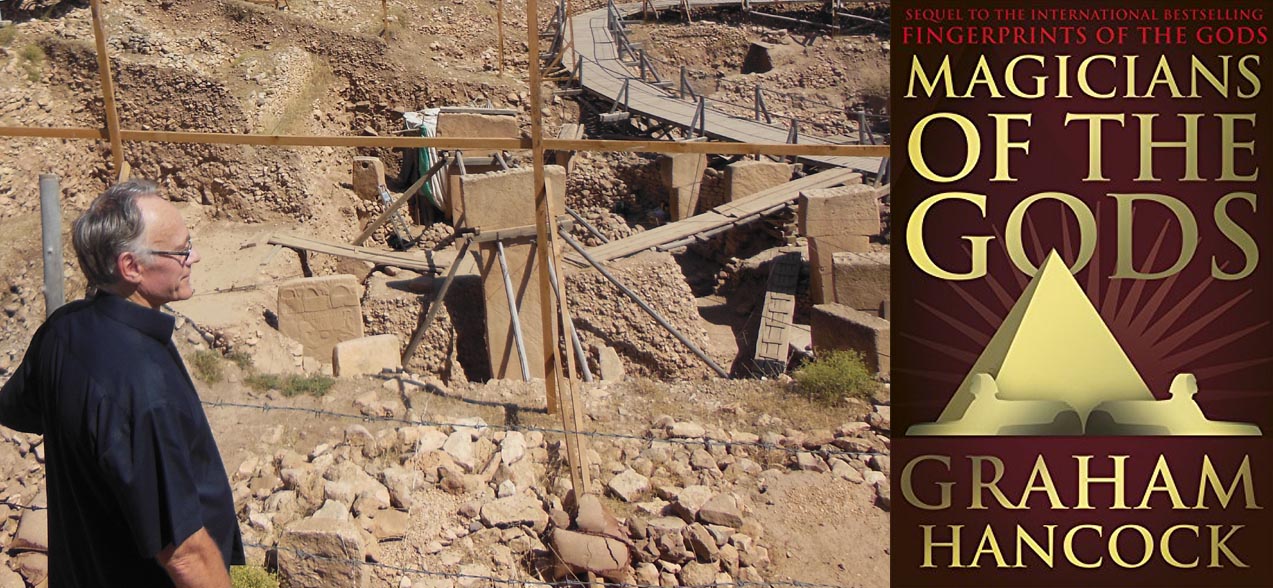by
Damien F. Mackey
‘Now
I will give all your countries into the hands of my servant Nebuchadnezzar
king
of Babylon; I will make even the wild animals subject to him. All nations
will
serve him and his son and his grandson until the time for his land comes;
then
many nations and great kings will subjugate him’.
Jeremiah 27:6-7
Daniel 5 provides us with a straightforward sequence of kings for the
Chaldean to early Medo-Persian eras. These are: 1. Nebuchednezzar, 2. his son Belshazzar, and 3. Darius
the Mede.
Thus the prophet Daniel proclaims to Belshazzar (5:18): ‘O thou king, the most high God gave Nebuchadnezzar
thy father a kingdom, and majesty, and glory, and honour …’. And later we read (vv.
30-31): “In that night was
Belshazzar the king of the Chaldeans slain. And Darius the Median took
the kingdom, being about threescore and two years old”.
That
King Nebuchednezzar ‘the Great’ indeed had a son named Belshazzar is further
attested by Baruch 1:12: ‘The Lord
will give us strength, and light to our eyes; we shall live under the protection
of King Nebuchadnezzar of Babylon, and under the protection of his son
Belshazzar, and we shall serve them many days and find favor in their sight’.
Nebuchednezzar and his evil son Belshazzar (Daniel
5) find a parallel in my revision with: Nabonidus and his (known) son Belshazzar.
According to this revision, Nebuchednezzar =
Nabonidus, and Evil-merodach (known son and successor of Nebuchednezzar) =
Belshazzar (of Baruch, of Daniel, and son of Nabonidus).
And so we have this clear sequence:
- Nebuchednezzar (= Nabonidus), his son
- Belshazzar (= Evil-merodach),
- Darius the Mede.
The enigmatic Darius the Mede I also consider to have
been both Cyrus ‘the Great’ and the ‘King Ahasuerus’ of the Book of Esther.
But now a seeming complication arises.
The prophet Jeremiah adds to Nebuchednezzar’s lineage a ‘grandson’: “All
nations will serve him and his son and his grandson …”.
Was Darius (= Cyrus = ‘Ahasuerus’) actually
a ‘grandson’ (בֶּן-בְּנוֹ) of Nebuchednezzar’s?
In a sense, yes he was, if Jewish tradition
is right here. For the (presumably young) wife of the 60+ year old king ‘Ahasuerus’
is alleged to have been the daughter of Belshazzar.
“Vashti was born to Babylonian royalty. Her grandfather
was Nebuchadnezzar, who had destroyed Solomon's Temple in Jerusalem and driven
the Jews into exile. Her father was Belshazzar, the last in a line of great
Babylonian kings whose dramatic death is described in the Book of Daniel”.
This we read in an article by Rebbetzin
Tziporah Heller, entitled “The Villainy of Vashti” (2003): https://www.aish.com/h/pur/t/dt/48951881.html
As the story of Purim in
the Book of Esther begins, King Achashverosh [Ahasuerus] of Persia is holding a
banquet.
On the seventh day of the
festivities, the king summons Queen Vashti so that the ministers and guests can
admire her beauty. He commands that she come wearing only the royal crown.
Queen Vashti refuses and is executed.
The job vacancy brings
Esther to the palace where she is in position to save the Jewish people when
chief minister Haman hatches his plot for their total annihilation.
Vashti, whose refusal to
obey the king sets the action in motion, is an interesting character in this
drama. In fact, in the first analysis she seems like a heroine -- a woman who
had too much dignity to be paraded naked before a drunken horde. There is only
one problem. Heroism is not determined from the outside in, but rather from the
inside out. From that perspective, Vashti, as we shall see, was a villain.
Judaism defines heroism
as an act of overcoming an obstacle that stands in the way of a spiritual
objective. Such obstacles are placed before all of us by God, but the level of
sacrifice demanded to overcome each such obstacle can vary widely. In the case
of one person, genuine heroism may go as far as sacrificing one's life for the
sake of another. For another person, genuine heroism may mean sacrificing ego
or pride.
Therefore, our question
when assessing Vashti's heroism or villainy is: what was she reaching towards and
what stood in the way of her achieving that goal?
In order for us to draw
conclusions, let us expand our picture of her.
WHO WAS VASHTI?
Vashti was born to
Babylonian royalty. Her grandfather was Nebuchadnezzar, who had destroyed
Solomon's Temple in Jerusalem and driven the Jews into exile. Her father was
Belshazzar, the last in a line of great Babylonian kings whose dramatic death
is described in the Book of Daniel.
Belshazzar threw a party
and commanded that revelers drink from the holy vessels of the Temple and then
praise "the gods of gold and silver..."
At that moment, a large
unattached finger appeared and started to write on the wall: "God has
numbered the days of your kingdom and brought it to an end ... your kingdom has
been divided and given to the Medes and Persians." That very night
invading [hordes] of Persians and Medes attacked; Vashti was the only survivor.
But the spirit of conquest that had doomed her father lived on intact within
her.
We learn more about her
from the Talmud (in Megillah 12). It tells us Vashti would have Jewish women
brought before her, force them to undress and coerce them into working for her
on Shabbat. The Talmud then asks why did she refuse to come before Achashverosh
(not being known as a modest woman)? The Talmud gives two answers: 1) because
tzaraat (a skin ailment resembling leprosy) erupted on her body; or 2) because
she had grown a tail.
If an aggadic statement
in the Talmud doesn't make sense literally, the approach that we are meant to
take, according to the Maharal, is to try to grasp the underlying meaning of
the allegory. With this in mind we shall proceed, separating the literal from
the allegorical and analyzing the latter further.
It is almost certain
given the social environment of ancient Persia, and the underlying hatred of
Jews that came to the surface soon after this episode, that the first part of
the statement is literal. Yes, she did have Jewish women abducted. Yes, she did
want to humiliate them. Yes, she was clever enough to figure out the most
efficient way to bring this about.
The second segment is not
literal. No, she did not sacrifice her life by disobeying a despot because of
bad skin. She did not have a terrible case of acne or anything resembling a
simple skin disease. No, she did not reverse evolution and grow a tail. The
second part is an allegory that demands interpretation.
A THREAT TO VASHTI
Jewish women represented
a threat to Vashti because they were, in the most profound sense of the word,
unconquerable. By observing Shabbat, they demonstrated that there is a ruler
who is beyond the reach of any monarch. By maintaining their basic modesty they
proved that they define themselves internally rather than superficially. They
were untouchable.
It was for that reason
that Vashti felt an almost compulsive desire to break them. By doing so she
sealed her own fate. In order to understand how, we can follow the allegory
that the Talmud presents.
The body-soul link is
stronger than many of us realize. While we all know that excitement can raise
blood pressure, and some of us can describe the process with great precision,
there is far more involved that we have as yet to explore. In earlier times,
God Himself would allow physical manifestations of an individual's spiritual
state to show. The best known of this phenomenon is tzaraat. It affected the
skin, the most external part of the body.
(The skin hides and
protects the inner organs. The word for skin in Hebrew is or. It is written
identically to the word iver, which means blind. The common denominator of the
two words is that they both convey the concept of not being able to see things
as they really are.)
Tzaraat was an eruption
similar to leprosy in that the skin became tough and insensitive. The
difference is that while in leprosy the entire effected area is insensate; in
the case of tzaraat there always remained at least a patch of living skin in
the midst of the dead skin. What this symbolized was that there was always a
possibility of redefining oneself.
The Talmud tells that
tzaraat came about because of sins involving slander. Slander always has one
motivation -- arrogance.
There is no cheaper high
for self-importance addicts (like Vashti) than trivializing and belittling
others. It gives such people the feeling of superiority without any need to
actually be superior. Blindness helps to silence the conscience, because then
the victim can't be seen as a fellow human. Therefore, to slander freely
without guilt, it helps to have thick skin and to be spiritually blind.
Vashti had long ago
stopped seeing beyond the surface. Her punishment was that she had to face the
fact that she too was not flawless.
In the process of
disparaging others, she lost something very precious -- her own humanity. What
she saw when she looked in the mirror was a parody of a human being -- the
tail. She saw a heartless egomaniac.
WHY VASHTI REFUSED THE
KING
We can now return to our
original question. Why didn't she come when Achashverosh called?
The Talmud (in Midrash
Rabba) provides us with the final piece of information that lets us put the
puzzle pieces together. It reveals to us the words that she used when she
refused him. "You were my father's stable boy. You had harlots parade in
front of you. Are you going back to where you came from?"
Her intent was not to
build herself up or to preserve her integrity. She was aware of what she had
become, but had neither the will nor the courage to change. She had followed a
pattern that had typified her life from the beginning. Her intent was to cut
him down. There was no heroism here. There was only arrogance.
It is easy for us to fool
ourselves. Heroism and egotism come unlabeled. The only key that we have is
truth. Purim is the holiday in which every thing was turned about. The inside,
the core of truth was revealed. Falsehood was shaken off. May we be worthy of
using this day to discover the part of ourselves that is genuinely heroic.
[End of quote]
Jewish
legends can prove to be very helpful here and there, as I found, for example, in
my search for the identity of the elusive Aman (Haman) of the Book of Esther:
Aman (Haman), a king
of Judah no less, King Amon!
That was most
unexpected.
And
now, in the case of Jeremiah 27:7, we can say that (thanks again to Jewish
tradition) the Medo-Persian king who followed Belshazzar could indeed be described as a ‘grandson’ of Nebuchednezzar,
a ‘grandson’ through marriage - he apparently having married Nebuchednezzar’s
grand-daughter.




